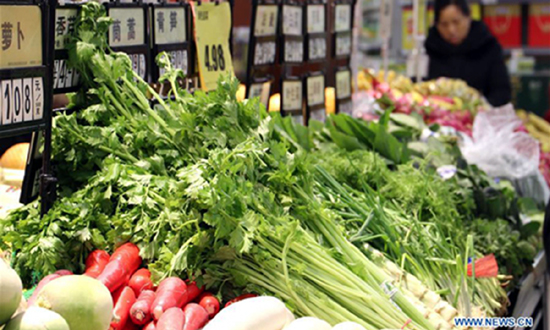China’s major commodities imports were generally characterized by declined volume and a sharp price increases in the first five months of this year, according to the latest data released by the General Administration of Customs.
Specifically, Chinese imports of crude oil, coal, natural gas, and soybeans in the January-May period were down by 1.7 percent, 13.6 percent, 9.3 percent, and 0.4 percent year-on-year in terms of import volume, with their average import prices rising 55.6 percent, 105.3 percent, 70.3 percent, and 23.3 percent, respectively.
To a certain extent, the considerable rise in commodities prices shows that China has been facing much imported inflationary pressure from overseas markets in recent months. Nevertheless, despite the global high inflation, Chinese goods prices have remained within a reasonable range.
The country’s consumer price index (CPI), a main gauge of inflation, rose 2.1 percent year-on-year in April, according to the National Bureau of Statistics (NBS), which is due to release the May CPI data on Friday.
Why can China keep domestic prices basically stable amid soaring global inflation? For starters, the disruption of global supply chains caused by COVID-19 is a reason for high inflation. However, since the early days of the pandemic, China has effectively brought the epidemic under control, ensuring the normal operation of domestic industrial chains and leading to relatively small shocks to China’s supply chains compared with other countries.
Moreover, developed economies, led by the US, adopted expansionary monetary and fiscal policies, and the huge liquidity they injected into the market is another important cause of global inflation. By comparison, China has been pursuing relatively modest monetary and fiscal policies.
Even though the current COVID-19 epidemic resurgence has caused some difficulties for the Chinese economy, the government still appears relatively cautious in choosing the right stimulus tools, indicating its reluctance to see some long-term economic problem exacerbated due to improper short-term policies. The difference between China and the US in terms of inflation and monetary policy underscores the different cycle and trend of economic development in the world’s two largest economies. – People’s Daily
- Latest
- Trending





